Exploring the Storytelling in Portal 2
Leveraging Environmental Storytelling: Portal 2 exemplifies environmental storytelling, which conveys narrative through settings and visual cues rather than dialogue or cutscenes. The game uses its environments to communicate the history and current state of Aperture Science Laboratories. Players walk through dilapidated test chambers that serve as a testament to the passage of time. The overgrown walls, the decay, and remnants of previous test subjects all contribute to a story unraveled by observation. Notably, the graffiti marks left by an unseen character known as Rattmann provide hints of rebellion and survival, enriching the narrative without explicit exposition.
The Role of Dialogue and Humor: Dialogue in Portal 2 is meticulously crafted, combining humor, sarcasm, and irony, making it a central narrative device. Characters like GLaDOS and Wheatley use witty lines to simultaneously entertain and inform players about plot developments. The humor serves a dual purpose: it lightens the atmosphere in an otherwise eerie, abandoned setting, and it deepens character development. GLaDOS’s dry wit and Wheatley’s bumbling incompetence reveal their personalities, agendas, and history with the protagonist, Chell. Through their interactions, players unfold layers of the story organically, without deviating from gameplay.
Character Development through AI: The game features a limited but impactful cast, mostly composed of Artificial Intelligences like GLaDOS and Wheatley. Through evolving dialogue, players witness GLaDOS transition from a menacing AI to a more complex character with a backstory linked to a human past. Her transformation is pivotal; understanding her origin as Caroline, the assistant to Aperture’s founder Cave Johnson, enriches the narrative with themes of identity and loss. Wheatley, who begins as a comic sidekick, undergoes significant shifts, showcasing storytelling through character evolution. As players align and re-align their allegiances, the AI characters deepen the story’s emotional impact.
Innovative Puzzle Design and Narrative Integration: Portal 2 integrates storytelling with gameplay mechanics. Each puzzle serves a narrative purpose, pushing players deeper into Aperture’s mystery-laden corridors. Solving puzzles leads to story progression, ensuring players remain engaged with both the gameplay and the evolving narrative. The seamless blend of mechanics and storytelling exemplifies Valve’s design philosophy, where every player action ties into the story.
Reviving Aperture Science History: The plot delves into Aperture Science’s past, revealing its ambitious, often absurd projects through interactive segments. Tape recordings of Cave Johnson, as players explore older facility sections, offer satirical insights into the company’s decline. This backstory is intrinsic to understanding the present chaos within Aperture. Through Cave’s eccentricity and ambition, players appreciate the once-glorious but flawed vision that led to the facility’s current state. It acts as a foundation upon which the player builds their understanding of the world, resulting in a layered narrative.
Subtlety and Nuance in Storytelling: Portal 2 avoids overt exposition, favoring subtlety and nuance. The layering of stories invites analysis, encouraging players to piece together indirect clues. By refusing to spoon-feed information, the game respects player intelligence, creating an immersive experience where discovery feels earned. Elements like the portrait of a woman who resembles Chell hint at possible ties to Aperture’s staff, provoking speculation and personal interpretation. This approach enhances replayability, as players may notice new details with each playthrough.
The Power of Music: Music in Portal 2 acts as an emotional guide, enhancing storytelling without words. The dynamic score shifts to reflect changing scenarios, increasing tension during critical moments while offering solace during periods of reflection. These auditory cues subtly manipulate player emotions, synchronizing with narrative beats to enhance immersion. The iconic ending songs further immortalize the story, summarizing character arcs with memorable lyrics that underline the blend of triumph and regret defining Chell’s journey.
Theme Exploration through Story: Central to Portal 2’s narrative are themes of isolation, control, and human nature. The empty halls of Aperture evoke feelings of loneliness, with the player’s only interactions being with AI characters. Themes of control are explored through GLaDOS’s and Wheatley’s attempts to assert dominance, reflecting a cycle of power struggles. The game also muses on human nature’s resilience; despite opposition, Chell’s persistent quest for freedom symbolizes hope. By embedding these themes within the story, Portal 2 resonates emotionally, prompting players to ponder the implications long after the game concludes.
Leveraging Player Agency: Player agency within the narrative is vital to story engagement. Portal 2 empowers players by granting them control over puzzle solving, which directly affects story pace and direction. This interactivity ensures that narrative progression feels like a personal journey rather than a predetermined sequence. The sense of achievement is thus amplified, as each solved puzzle and uncovered narrative beat feels intimately linked to player choices and actions.
Collaborative Storytelling through Multiplayer: Portal 2 extends its narrative brilliance to multiplayer mode through the characters Atlas and P-Body. The cooperative gameplay introduces a fresh narrative angle, with players needing to communicate and collaborate to progress. This fosters a unique player-driven story, rich with shared experiences. The AIs’ journey through testing gauntlets offers insights into Aperture’s past through a lens of cooperation and partnership, enriching the single-player narrative’s dynamics by contrasting solitary themes with collaborative success.
Utilization of Cliffhangers: Cliffhangers throughout Portal 2 keep players yearning for more, effectively pacing the narrative. Each revelation or twist continually raises stakes, maintaining intrigue and engagement. The adept use of cliffhangers propels the story, ensuring players remain emotionally invested and eager to see resolutions, particularly regarding Chell’s ambiguous fate, leaving room for speculation and discussion within the community.
Portal 2’s storytelling mastery is evident in its effective use of innovative techniques to craft a rich, engaging narrative experience. The game’s enduring appeal largely stems from its ability to weave complex storytelling seamlessly into its gameplay, creating a narrative that is as intricate as it is accessible, uniquely inviting players to interpret and engage with its story at various levels.
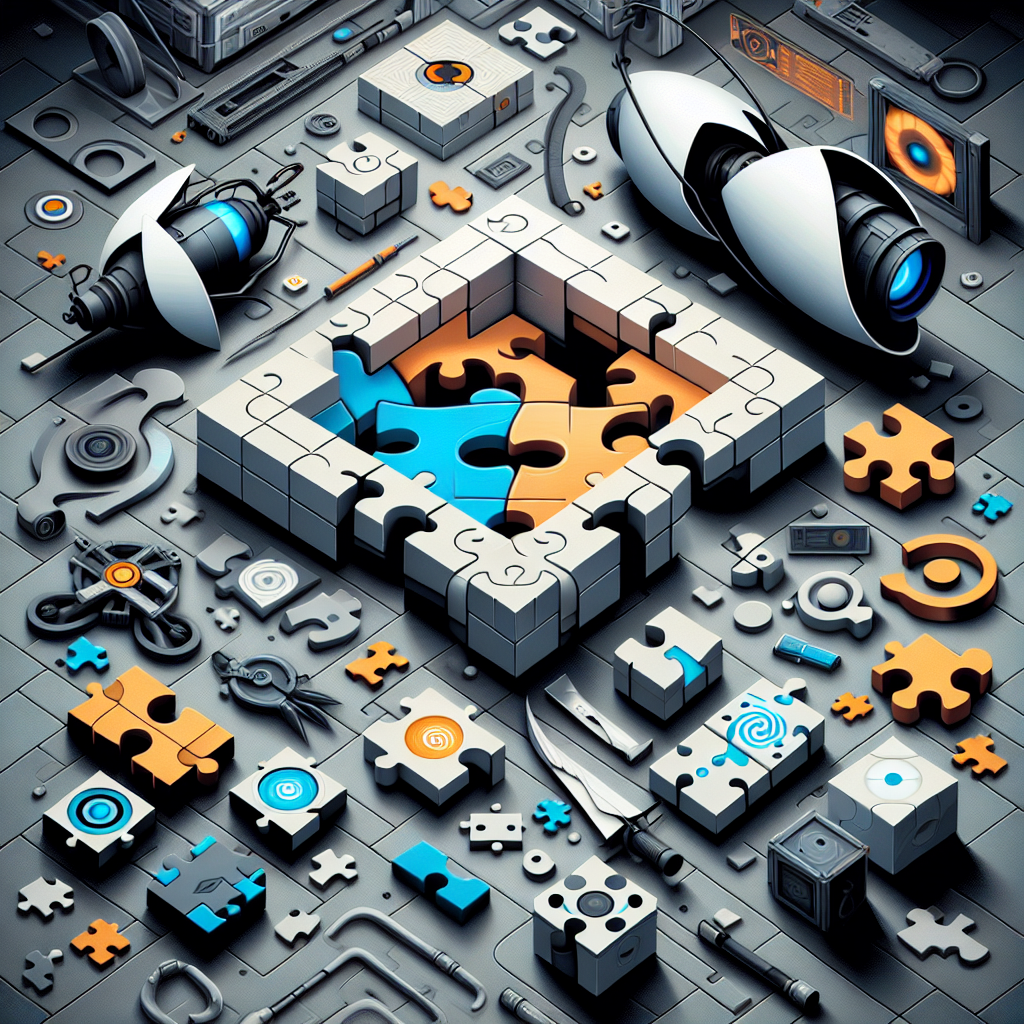
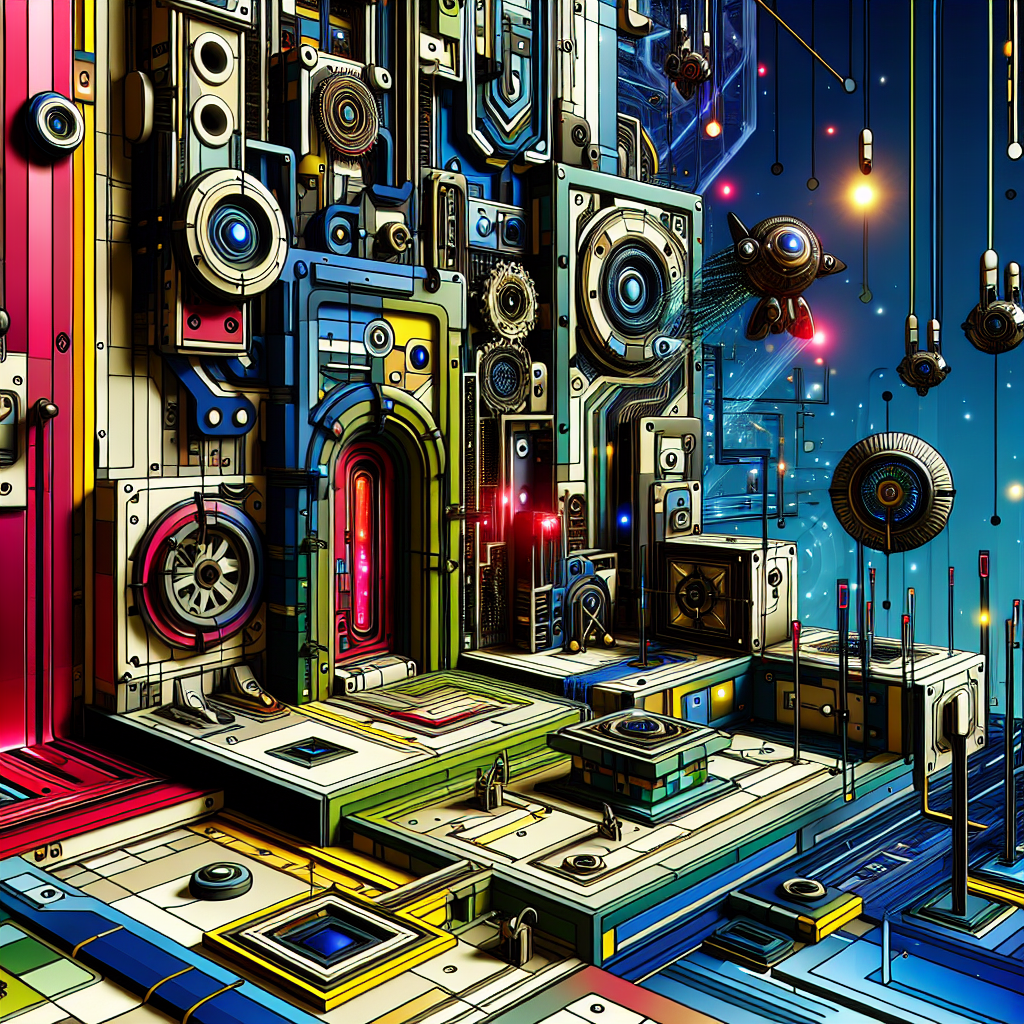
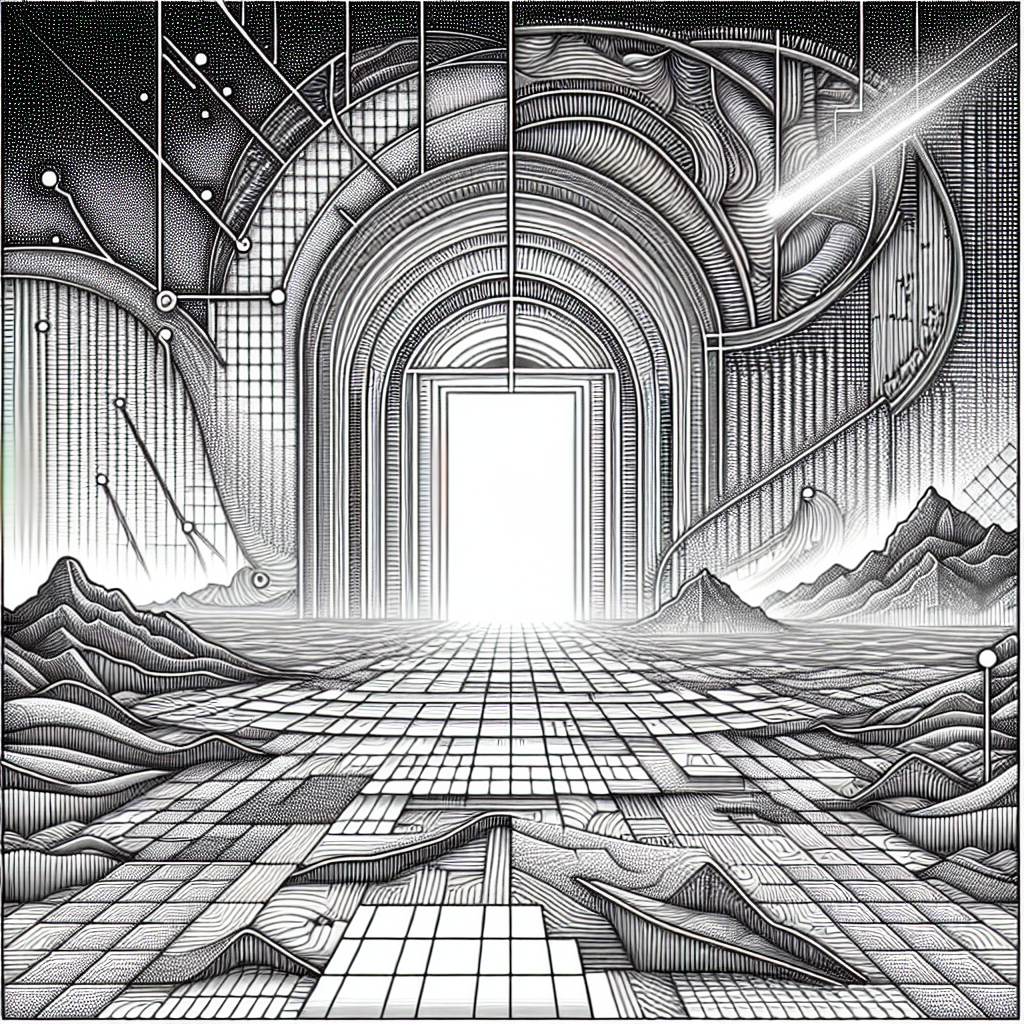
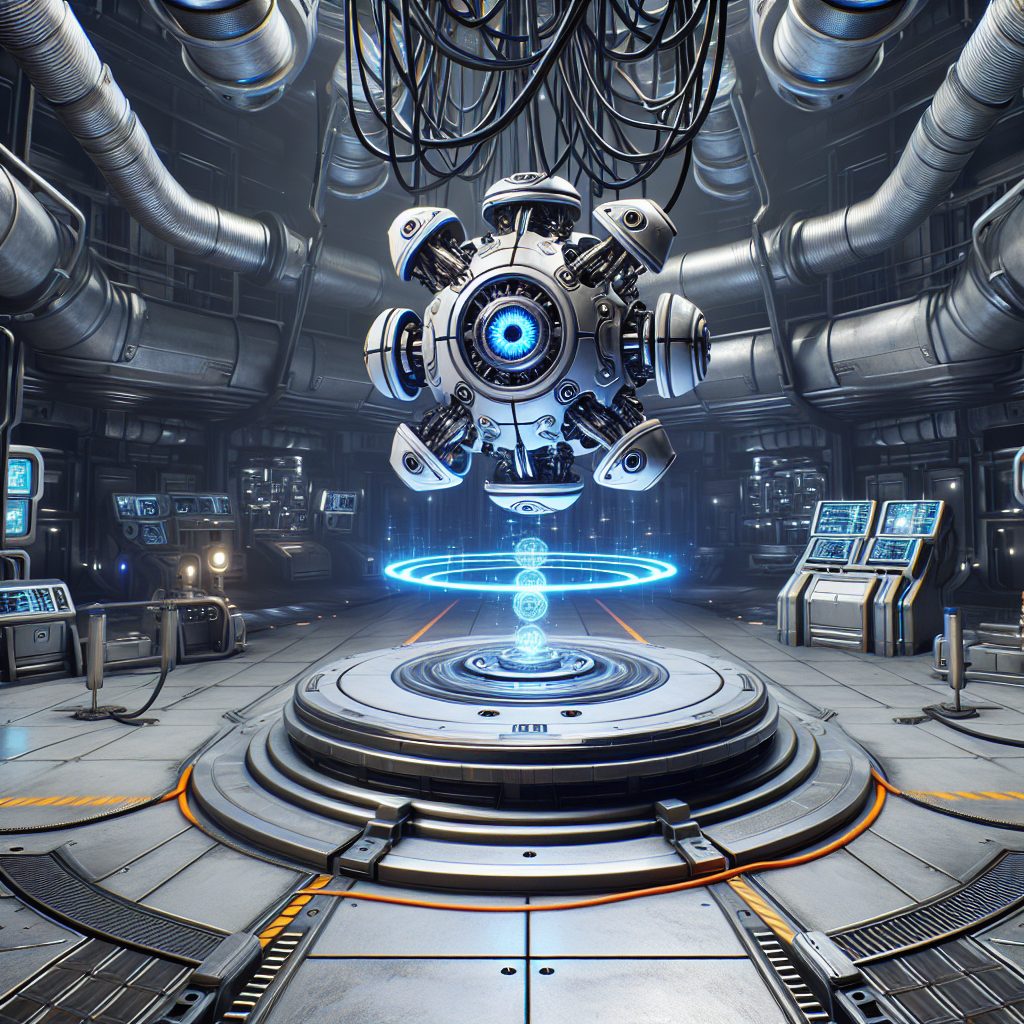
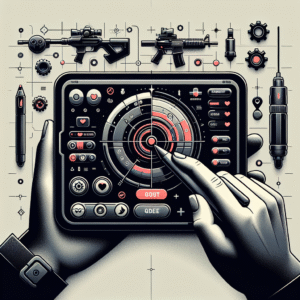
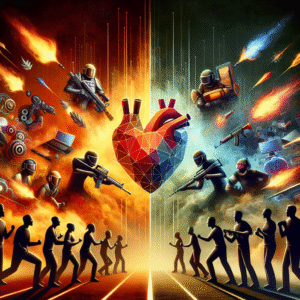

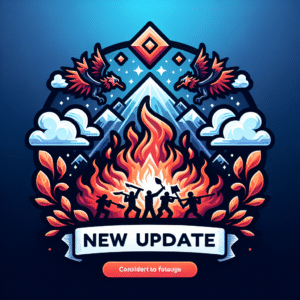

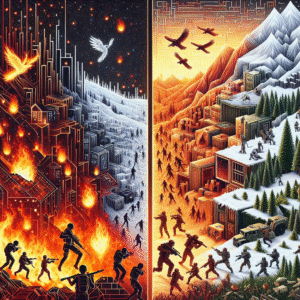
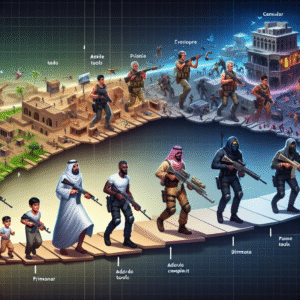
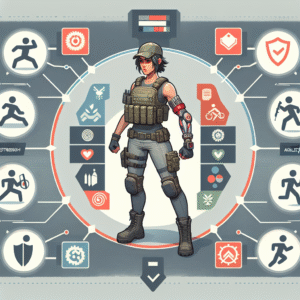
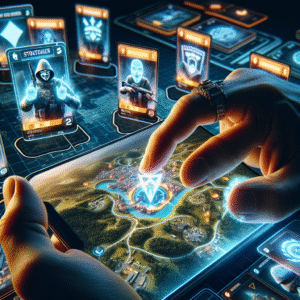
Post Comment